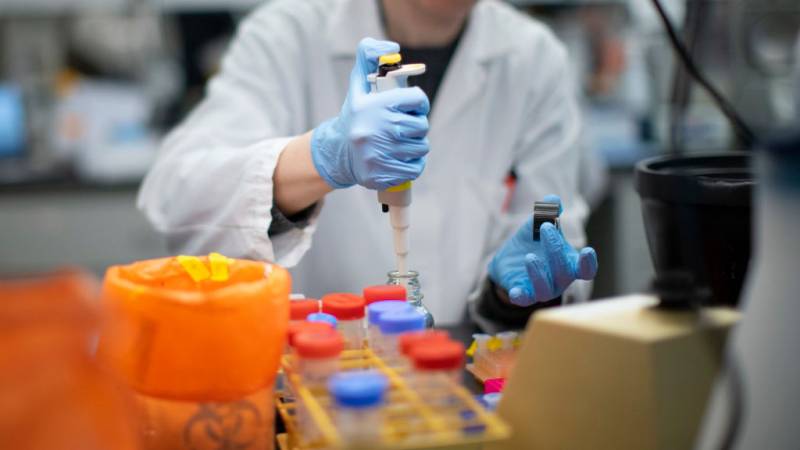What is the yes path?
If you are in a county that has access to lots of testing ability, then we would want to test you. We would bring you in under safe circumstances to a place where we could take appropriate specimens. While we wait to get the results back, we would ask you to isolate yourself, essentially removing yourself from contact with everybody.
We would give you basic advice on how to take care of yourself, stay away from work or school, and stay safe at home until your symptoms go away.
How do epidemiologists actually track down people who might have been exposed?
We want to try to find out where you got it and who you might’ve given it to. In the case of COVID-19, we know that the time from when you’re exposed to when you get sick is potentially 2 to 14 days.
We need to search with you for your history of exposures that occurred in that two-week time period. If you’re symptomatic, we believe that you can spread the disease while you have symptoms, so we need to find out everywhere you’ve been and everyone you’ve been in contact with during the time you’ve been having symptoms.
Does this happen over the phone or do you show up at people’s door?
In the most typical situation, it’s a phone call. We make the assumption that you are the best judge of who you have had interactions with. We always ask about your close contacts, your family members, your co-workers, anybody you carpool with, your closer friends, people that you socialize with. And we create a list.
It’s typically the case that you can tell me pretty accurately who the close contacts are. That next level of contacts is a little tougher. You might say, “You know, I was at a party at this location, or I went to this wedding, or I went to this reception,” and you won’t necessarily know who everyone was that was there. But we get as much detail from you as possible about who you could have exposed to your respiratory droplets.
For example, if you go to a wedding, we’ll try to find out what table you sat at. How did you interact with the people at that table? Do you remember who you danced with? We would then have to go back to that event organizer to get the list of people you may have had that contact with.
Typically we try to accomplish as much interviewing as we can by telephone because it’s the most efficient, but sometimes we have to go out to a location. You may say, for example, “Well, I ate at this particular restaurant, and I don’t really know how close all the tables are.” And then we can go out to that restaurant and take a look at how close the tables are, and if droplets could have passed from you to the table next to you.
If the answer’s yes, then we have to go to the manager to try to identify who sat at that table that night. So there is some fieldwork that has to happen, depending on the nature of your actions in the community while you were sick.
So counties inundated with cases are not able to be as aggressive?
In Solano County we’re well beyond that; we are in a place where we couldn’t possibly keep track of all the people that could have had exposures or where they would have been exposed, because there’s just far too many people to track. We had a case of community-acquired coronavirus disease just a week ago who exposed people in two hospitals, as well as in their family and the community. And cumulatively we’ve had to follow up with over 400 people based on that one person.
Following that many people is pretty overwhelming. We focused our attention most on the hospitals, because those are critical infrastructures, and we identified multiple positive health care workers. we had to repeat this entire process for them. These circles expand very rapidly.
The last couple of weeks have been all about realizing just how large this process can potentially become, and therefore moving into a mode of mitigation rather than containment.
I think the most important lesson we’ve learned is that after the initial epidemiology allows us to understand how a disease spreads and who is at greatest risk, we can move from this sort of fear-driven, ‘Look at everybody the same way,’ approach, to a much more achievable, ‘Let’s figure out who’s at highest risk and protect them, and let’s protect our critical infrastructures.'”
Is what you’re doing now typical for an epidemiologist, or is it unique because of this new coronavirus?

